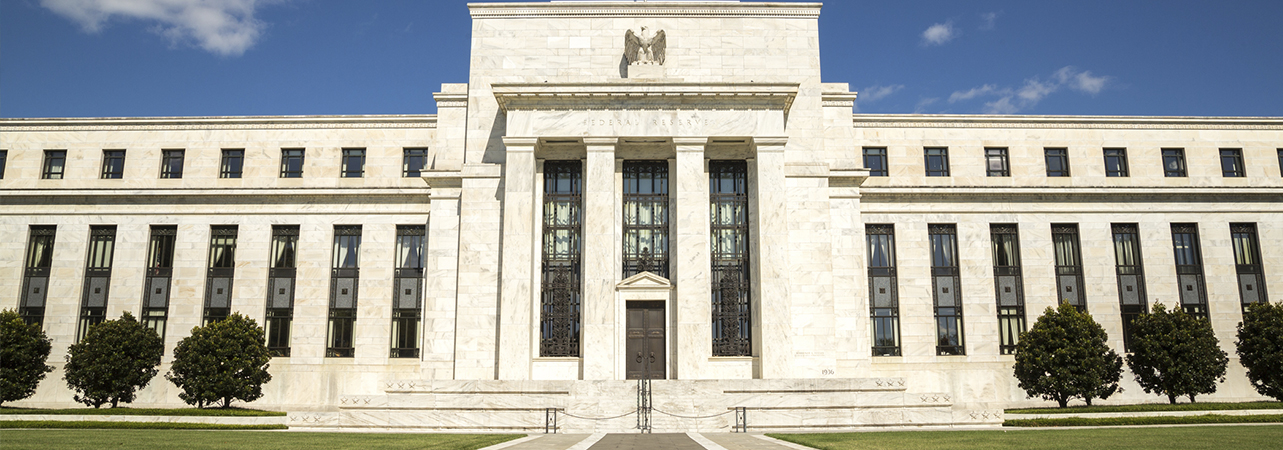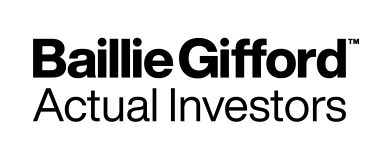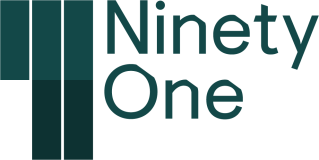Global bond yields rose during January as the news that the Democratic party had gained control of the US Senate stoked hopes of higher stimulus spending and a consequent boost to inflation. The yield on the US ten-year Treasury bond climbed above 1% for the first time since March 2020.
To view the series of market updates through January, click here
- President Biden proposed stimulus measures worth US$1.9 trillion
- World Bank expects global economic growth of 4% in 2021
- Demand for fixed income funds rose in December
Global bond yields rose during January as the news that the Democratic party had gained control of the US Senate stoked hopes of higher stimulus spending and a consequent boost to inflation. The yield on the US ten-year Treasury bond climbed above 1% for the first time since March 2020, and the US yield curve reached its steepest level since 2017. Over January as a whole, the ten-year US Treasury bond yield rose from 0.93% to 1.11%.
“The US yield curve reached its steepest level since 2017”
S&P Global Ratings expects President Biden to focus on gaining control of the coronavirus pandemic and strengthening the economic recovery; the new President has already proposed additional stimulus measures worth US$1.9 trillion which, if passed, are expected to provide welcome support for consumer spending.
The World Bank expects global economic growth of 4% in 2021 if Covid-19 vaccination programmes are successfully rolled out, although the global economy is still predicted to be 5% smaller than pre-pandemic projections. If vaccine rollouts prove slower than expected, the global economy is forecast to expand by only 1.6% this year. In the World Bank’s worst-case scenario, significant financial stress could trigger widespread corporate and sovereign defaults.
According to credit ratings agency Fitch, the Covid-19 pandemic has exacerbated structural shifts in several sectors – including discretionary retail, airlines, hospitality, leisure, oil & gas, and parts of commercial real estate – that are likely to intensify long-term downside credit pressures. These sectors will be forced to adapt to structural changes such as the rising shift to online and greater emphasis on ESG-related considerations, and the challenges facing these sectors are likely to cascade through other parts of the credit universe.
Borrowing conditions are very favourable, according to S&P Global Ratings: corporate yields have fallen to historic lows and maturities have lengthened. However, excess liquidity could create problems as rising debt could result in “more defaults and lower recovery rates, and ultimately a drawn-out default cycle”.
Equities remained the best-selling asset class in December; nevertheless, demand for fixed income funds also rose, according to the Investment Association (IA), which reported net retail inflows of £1.33 billion into bond funds during the month. Although investors’ appetite for global bond funds dropped sharply, December saw a sharp rebound in demand for funds in the £ Corporate Bond, £ Strategic Bond, and £ High Yield sectors.
A version of this and other market briefings are available to use in our newsletter builder feature. Click here









